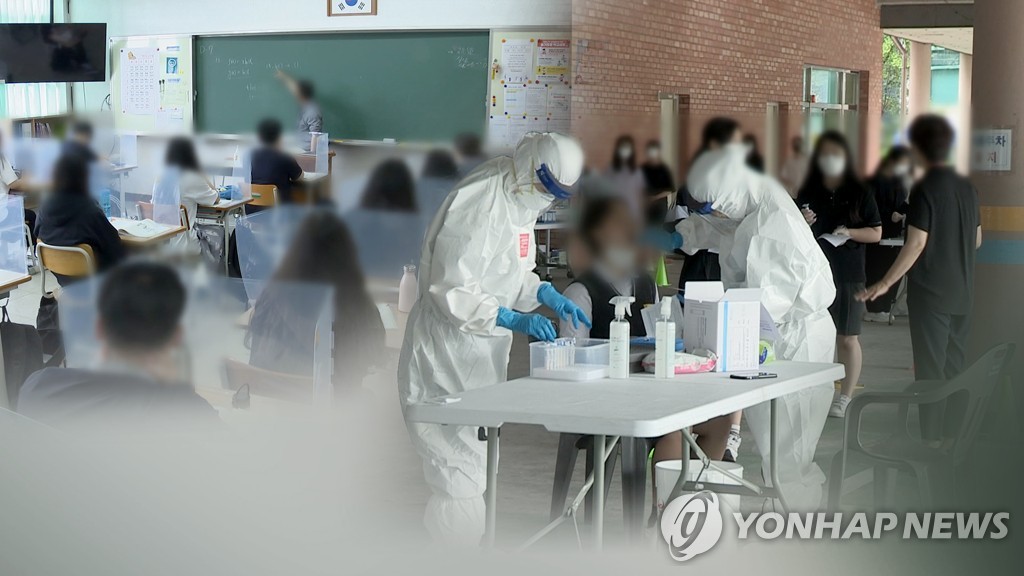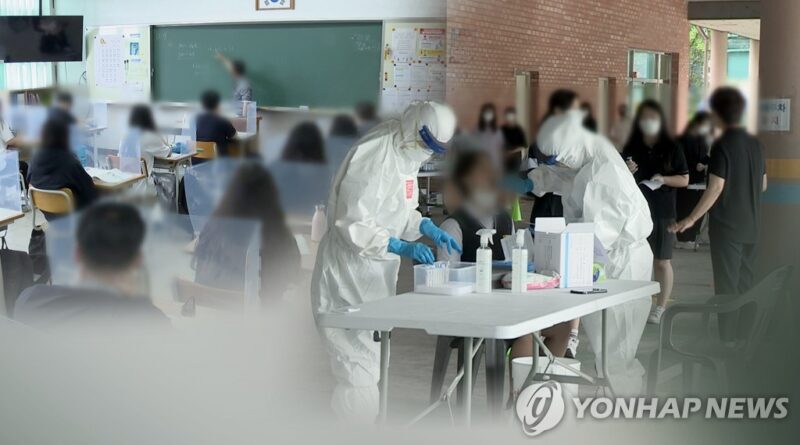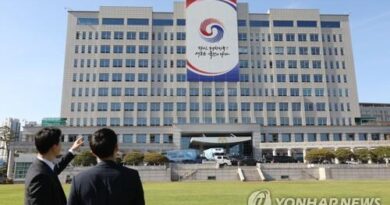(LEAD) S. Korea’s new infections over 100,000 for 2nd day amid resurgence woes

SEOUL, Aug. 24 (Yonhap) — South Korea’s new daily COVID-19 cases stayed above 100,000 for the second straight day Wednesday amid concerns over a resurgence of the omicron subvariant.
The country added 139,883 new COVID-19 infections, including 456 from overseas, bringing the total caseload to 22,588,640, the Korea Disease Control and Prevention Agency (KDCA) said.
Daily infections jumped to 180,763 cases last Wednesday from 84,099 a day earlier. The daily tally then fell over the past five days, tallying 59,046 on Monday. but rebounded to 150,258 on Tuesday.
The country reported 63 COVID-19 deaths, bringing the death toll to 26,224, the KDCA said. The fatality rate stood at 0.12 percent.
The number of critically ill patients came to 573, up 86 from the previous day.

The recent decline in new infections raised cautious optimism that the latest virus wave may have passed its peak. But authorities remain on high alert over a possible resurgence in the COVID-19 pandemic this fall.
The KDCA expected the number of daily infections will show the reduction trend this week or next week but the numbers of COVID-19 deaths and critically ill patients could increase in the next two to three weeks.
The health agency projected the numbers of critically ill patients and COVID-19 deaths could reach 800 to 900 and 100 to 140, respectively, in early September.
Of the locally transmitted cases, Seoul reported 20,569 new cases, and Gyeonggi Province that surrounds the capital added 32,608 new infections. Incheon, a port city just west of Seoul, identified 7,013 new cases. These three regions took up a total of 43 percent of the daily caseload.
Since the first local confirmation of COVID-19 on Jan. 20, 2020, the country has gone through multiple major waves of the virus.
The latest wave came during the height of the summer vacation season, fueled by the highly transmissible omicron subvariant BA.5 and the eased virus curbs.








